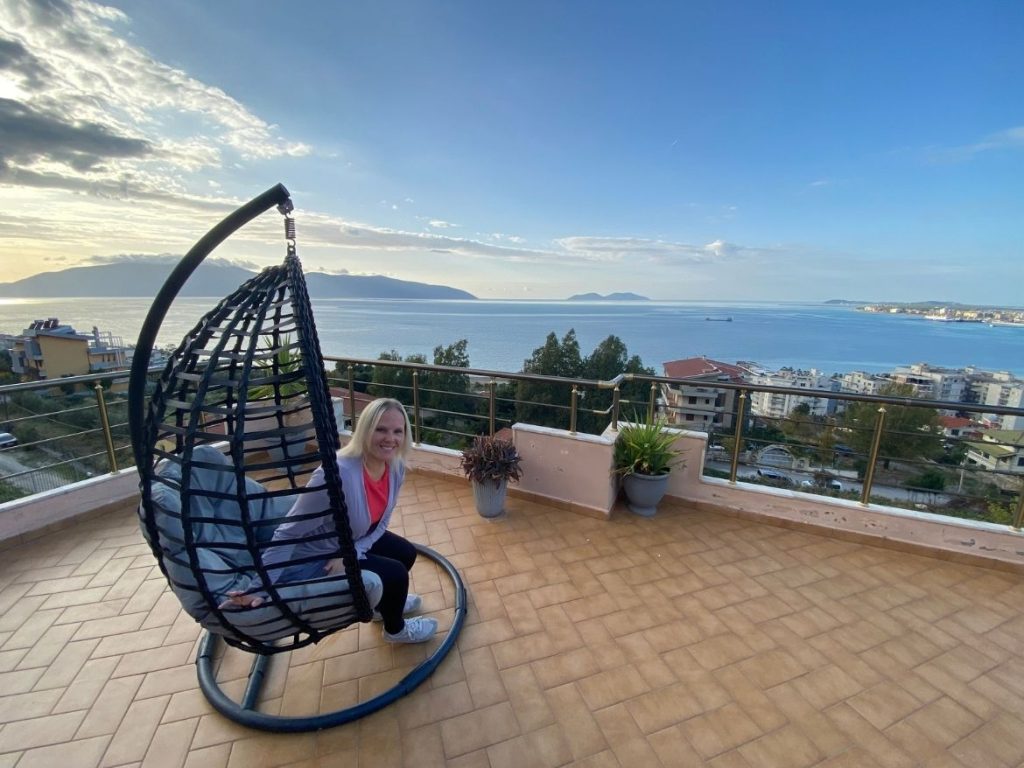Vietnam is world-renowned for its beautiful scenery and friendly people. It’s become a particularly popular hotspot for digital nomads in recent years, with plenty of social accommodation options and coworking spots that mean you’ll never be on your own (unless you want some peace and quiet). The internet connection is good, and the food and drink are delicious and fresh.
On top of this, it’s known for being cheap to live in – ideal for travelers on a tight budget, or freelancers who may not know when their next gig will come.
But how cheap is cheap? If you’re thinking about adding a month or two in Vietnam to your travel itinerary, how much should you budget? We break down some of the average costs you’ll need to consider.
Cost of Rent
As with every country, where you choose to live will drastically affect how much you pay for rent. The most expensive places to live are Ho Chi Minh City and Hanoi. These bustling spots aren’t costly by Western standards, but they are in comparison to Da Nang, Hoi An, or other smaller places.
Research suggests that rental costs in a popular area of Vietnam will be equivalent to $400 to $900 per month for a one-bedroom apartment, with a reduction of 10-20% in a quieter area.
If you choose to rent an Airbnb or similar, you may find that prices are slightly higher, as they’re typically intended as short-term rentals. However, you may be able to negotiate a reduced fee for a longer rental period with the owner, especially in the low season, so it’s worth reaching out to them before you book.
Cost of Food
Food in Vietnam is fresh, flavorful, and focuses on local ingredients such as vegetables, pork, and fish. Noodles and rice are common in many dishes, adding bulk while keeping costs down. As such, it’s fairly easy to eat cheaply here, even if you’re dining out.

Photo by Ho Toan on Unsplash
You can expect to spend around 20,000-70,000 Vietnamese dong (VND) – equivalent to $0.76 to $2.67 – for street food, with a mid-range restaurant costing around 100,000-250,000 VND ($3.81 to $9.52).
If you’re cooking at home, ingredients will cost around 30,000 to 100,000 VND. When you compare this to American or European prices, it’s easy to see why Vietnam is so appealing to travelers.
Bills in Vietnam
Unless you’re living in an apartment where utilities are included, or an Airbnb, then you’ll need to save some money for bills such as electricity, heating/cooling, and water. Additionally, you’ll need to pay for internet and potentially a local phone contract as well.
All in all, you can expect to pay around $86 per month for these services collectively in Vietnam, according to Numbeo.
Again, where you choose to live will impact how much you fork out for these expenses – plus, as a temporary visitor, you’re unlikely to be able to benefit from long-term contract deals.
However, these costs are still reasonable in comparison to the amount you’d likely pay in other countries. That being said, a rental deal with all of these included can be a lot less hassle for you, as you don’t have to worry about any of the admin.

Photo by Chris Slupski on Unsplash
Social Life
Don’t forget to leave some money for your social life – there’s little point in living a digital nomad life if you aren’t able to go out and explore, or hang out with your new friends.
It’s definitely possible to live on a tight social budget, maximising any free activities, but it’s nice to have some money to say yes to social plans as and when they come up.
Paying for Things in Vietnam
Once you’ve worked out your budget, you’ll need to establish how you’re going to pay for things. If you’re used to traveling, you may already have a bank account that allows you to be paid in different currencies and spend in them too, with minimal fees. Or, you may use a reliable remittance service to transfer money to your account as you go along, especially if family members are supporting some of your travel expenses.
We here at Grateful Gnomads recommend using travel credit cards that don’t charge a currency conversion fee. This also helps with your travel hacking game, so you can travel more for less money by using points and miles.
Whatever method you choose, make sure you can easily access both cash and card while you’re in Vietnam. Many local stalls primarily use cash, so you shouldn’t rely on mobile payments for daily transactions.
After that, all that’s left to do is decide where you’re going to visit first. Let us know what you decide in the comments!



